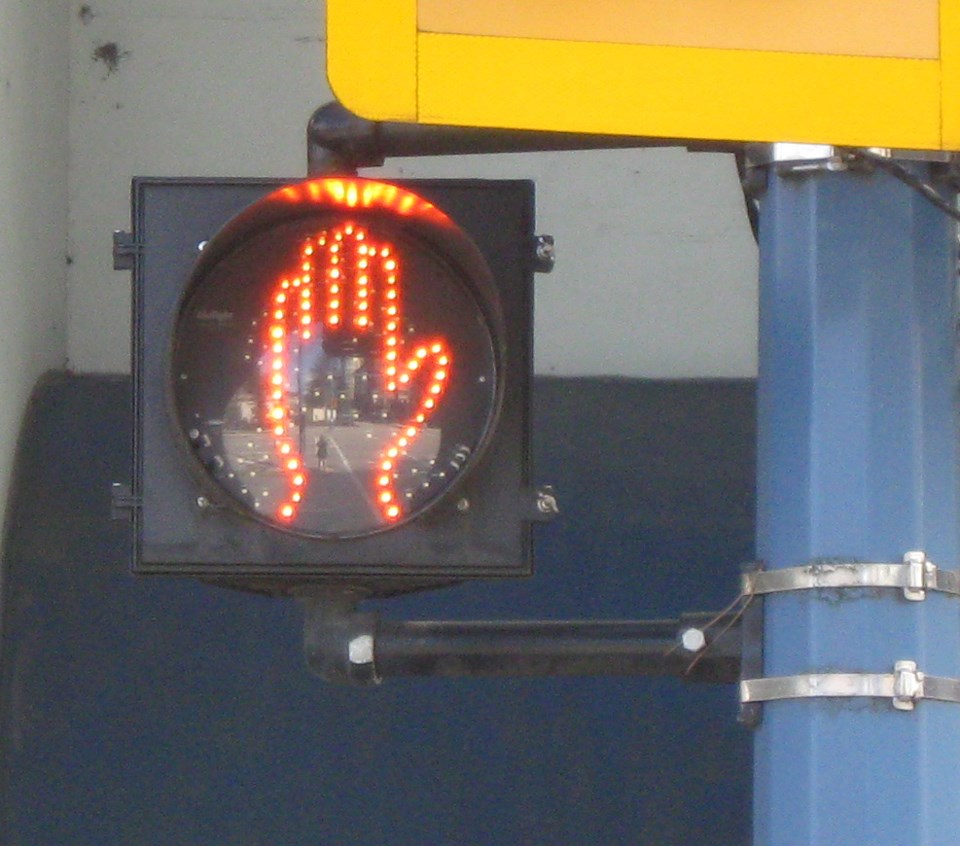It’s been years, and I’ve learned no more than one Chinese word. My Chinese neighbour has done me one better. She’s learned two English words, “hi” and “okay.” Mostly, though, we communicate in ‘gesticulese’ (a term I made up). In pre-pandemic days, we’d intensify or clarify our gestures and gesticulations through facial expressions, but masks have toned down that type of ‘voice.’
My neighbour loves flowers, and they love her. They grow, randomly, all over her yard. Often she’ll come to me, hands cupped in a gesture of offering. Her hands are filled with seeds she’s gathered in her garden. I suspect they’re meant to compensate me for the flowers she furtively digs up in my garden when she thinks no one’s home (I’ve caught her red-handed). A few houses down the street lives another enthusiastic gardener, whose English is also very limited. Her favourite plants are the herbs you can cook with, or brew for tea. When she spots something in my yard that looks familiar to her, she either rubs her tummy or brings her cupped hand to her mouth. I’m delighted to provide her with clippings.
Speech, I’ve concluded, isn’t essential for communicating basic messages. Gesture and gesticulation serve the purpose remarkably well. The ancient Greeks and Romans knew this. The words gesture and gesticulation derive from the Latin “gestus,” past participle of “gerere,” meaning to wield, perform. Gesture signified posture or bodily movement. Ancient orators used gestures, as did actors, especially in the genre of theatre known as pantomime, where spoken words were replaced with gestures. The pantomime actor, according to the Roman historian and statesman Cassiodorus (487-585), had “speaking hands.”
Gestures aren’t restricted to humans. Their use by animals has been widely studied in primates, particularly chimps and bonobos, probably because the apes gesture mainly with their hands, feet or limbs. It’s the kind of communication we humans most easily understand since it’s most similar to what we do.
But what about other animals, for instance cats and dogs? They, too, gesture, using body language for communication. To send out a message to other animals, and to us, they modify the posture of their trunk as well as the way they pose their limbs. How they position their tails and ears is another way they signal.
If you observe birds feeding or bathing, you might notice that some of them will begin gesturing as soon as another bird lands nearby, if they’re considered an intruder. I’ve seen a finch puff himself up to increase his size and stare fixedly at a new arrival at the feeder, making it clear they weren’t welcome. I’ve also watched a crow on the ground spread its wings (called mantling) to prevent another crow from seeing, and then stealing, the food it’s eating, although this behaviour is usually exhibited by birds of prey.
Non-verbal modes of communication work well, and sometimes even elegantly, to replace spoken language. And while animals can communicate with sounds, they, too, continue to ‘speak in gestures.’
Sabine Eiche is a local writer and art historian with a PhD from Princeton University. She is passionately involved in preserving the environment and protecting nature. Her columns deal with a broad range of topics and often include the history (etymology) of words in order to shed extra light on the subject



